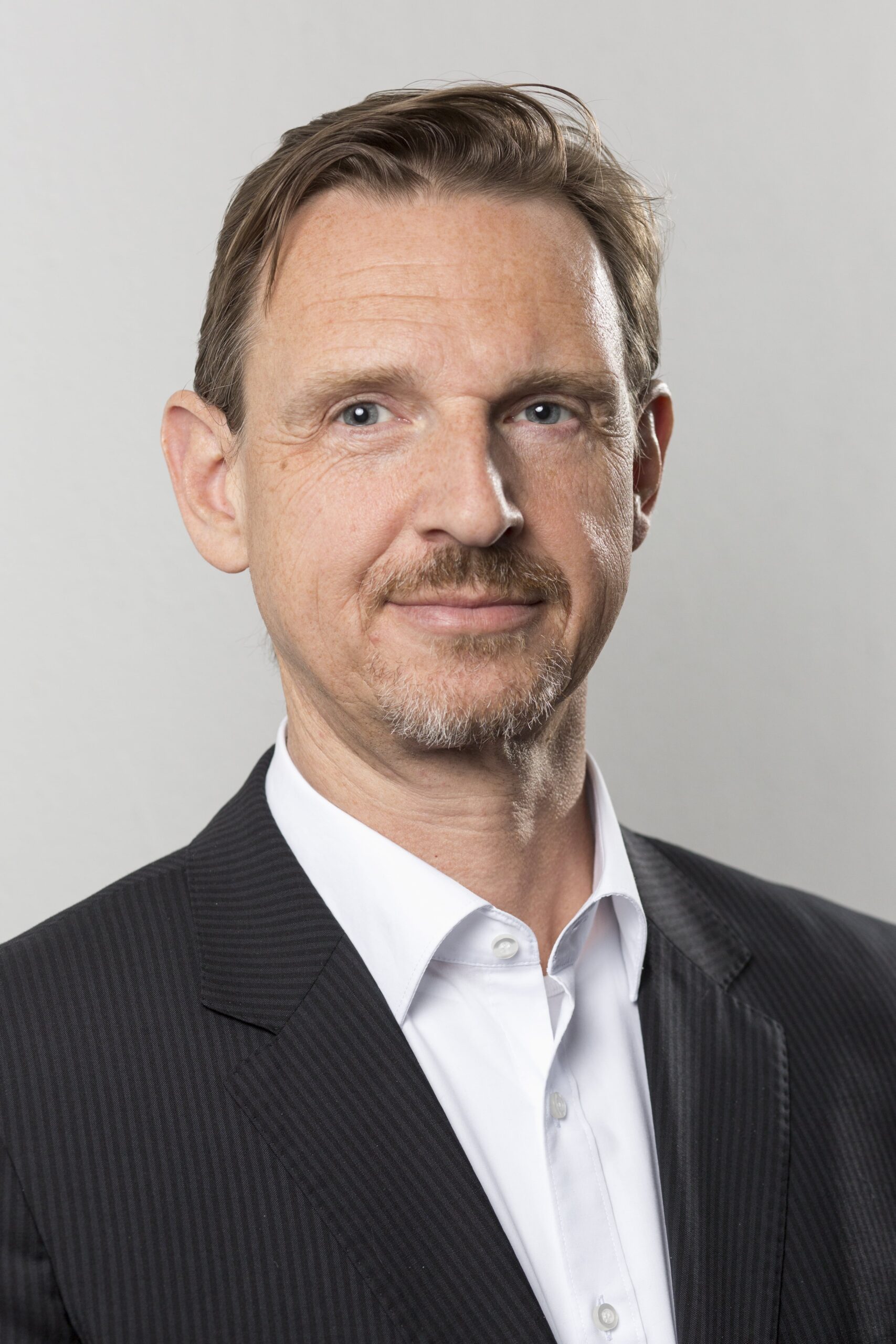Signify

Challenge
But over the last few years, the industry has undergone rapid innovation and developed brand new technologies. At least twice.
First, when incandescent bulbs were phased out in favour of halogens, and then again as the industry shifted its focus towards LEDs. And more recently, as lighting becomes part of the internet of things.
The solution they identified is: Let’s use the new EFQM model, at every level of the organisation – from the boardroom to the factory floor.

Solution
“Our CEO has embedded the EFQM model into the company’s DNA.”
“While other tools and evaluation frameworks show how you might ‘comply’ with a minimum requirement, the new EFQM model offers a more strategic approach. It offers a very tangible way to compare yourself with your targets. With your mission, vision and values, the model shows you if you’re aiming in the right direction and also if you’re aiming high enough. It then helps you improve.”
“Following our initial assessments, the management board developed action plans using the model. So did many of our key units. And now we’re applying those across the whole company.”
Signify’s annual reports paint a very clear picture of where the company is heading. And why. The strive for excellence across the whole business is clear.
Its ambition is to brighten up people’s lives while continuing to improve from its existing carbon-neutral position, using the UN’s Sustainable Development Goals as its guide.
And using the EFQM model, it can continue to pursue its agenda to build brighter lives and a better world.
“The thing about EFQM”, says Thomas, “is that it drives you towards constant improvements. It helps you clearly align actions to help deliver strategic objectives.”
“If your company is just trying to do the same thing it’s always done, then there’s no need for business excellence, right? But if you’re in a business like ours, which has to be super agile, because our market is constantly changing, then EFQM is extremely useful.”
